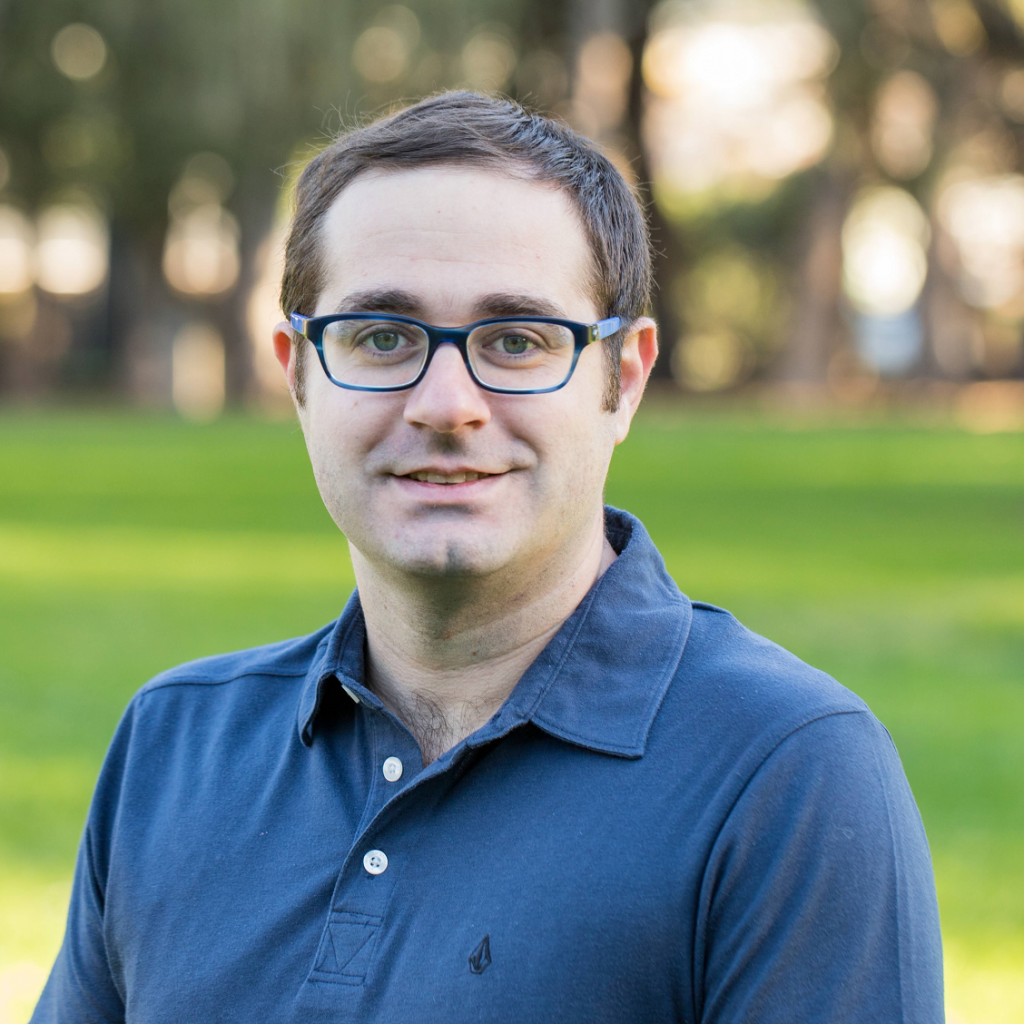Podcast: Play in new window | Download
Subscribe: Apple Podcasts | RSS
Welcome, Jonathan Georgino of Binho!
- The Binho is a USB host adapter targeted at manufacturing floors, but also can help people quickly talk to devices using i2c, serial, SPI and GPIO.
- There are a couple of options out there for manufacturing: Some are robust and expensive, others are hobbyist
- Using scripts and adapters for production line programming
- Career started at GE in St Marys, working on a CAN sensors
- Got a Saleae logic analyzer, wrote to Mark and Joe, went to go work with them.
- Mark and Joe were on episode 237 of The Amp Hour
- Helped to design the Logic 8, 8 pro and 16.
- Jonathan took away that products should be a pleasure to use, easy to understand
- Making it accessible in multiple ways
- Mark recently talked to Limor about the Saleae
- After Saleae, Jonathan went to go work at the Wonder Workshop (WW)
- Other consumer Robot startups having a hard time. We talked about Anki on episode 441.
- WW focuses on the educational market, where you need to be prepared for 1 year sales cycle and need a curriculum for the teachers who will be using it.
- Blockly or Scratch to program the robots
- Variables are tough for kids to understand (or big kids, like Chris).
- When designing for the educational market, need to design for robustness and compliance testing
- Testing comes out of the IEC standards, with different ones for each country.
- Partnered with toy manufacturer in China to make the robots.
- Jonathan was only EE up until production
- Dash has 12 different PCBs, with one that has 3 processors and 2 SPI flashes on board.
- Blockly is an open source project from Google
- “Changing careers is the best way to learn and grow”
- After WW, Jonathan moved to Zola, who are doing off grid for African countries.
- He got to visit Tanzania and see the product in action. There wasn’t as much needed on the EE side of things.
- Then he joined Pi, now Spansive
- They were working on a wireless charging device using A4WP, banking on new phones adapting it as a standard (it wasn’t)
- The experience in China manufacturing was that there are devices available but they are low cost and have janky UI.
- Most popular on the market are from Total Phase
- Can connect to Binho using Python API or any application that can pass in ASCII characters
- Can hook into any of the existing tools
- Some people are using a Raspberry Pi for testing
- Under the hood it’s an m0, with protection for overcurrent
- Also have a GUI
- Built in Xojo to be cross platform
- Use pip to install binho host adapter
- Jonathan advises you to put your pins onto the board the first time your board is made
- Continuous integration for firmware
- Rigol has python libraries, as does the Saleae. These might be python on top of GPIB.
- Check out Jonathan’s personal site and the Binho site.


The Binho looks nice! It’s interesting how despite the popularity, and the giant market , there hasn’t been one platform that has emerged dominant in the hobby space. Bus Pirate back in the day, never grew to be the arduino for spi/i2c. I thought the The Great Fet or the Discovery2 might gain wide adoption, but not haven’t seen it yet. I Wish Binho much luck!
BTW, purchasing Xojo allows you to develop a gui on a Pi/Pc/Mac that can be deployed on all platforms?